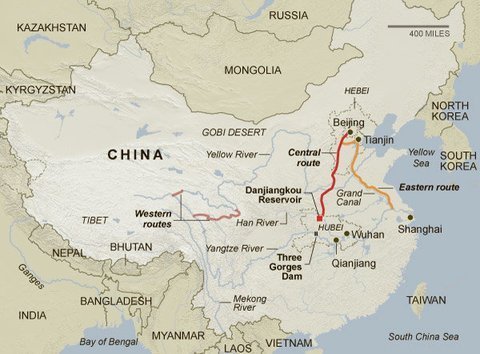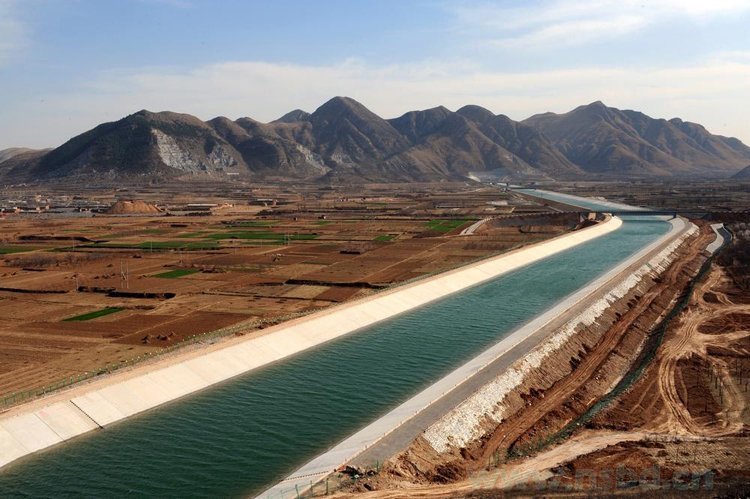The South-North Water Transfer Project, China
The South-North Water Transfer Project aims to transfer significant quantities of water from China’s humid south to the arid north.

South-north Water Transfer Scheme, China
The US$62 billion scheme, designed to move 12 trillion gallons of water over more than 1000 kilometres, was launched in 2002. The scheme moves water along three distinct routes from the Yangtze River basin in the south to the Yellow River basin in the north.
Why was the South-North water transfer project introduced?
Northern China has long been a centre of population, industry and agriculture. With all three growing apace, the per capita share of the region’s limited water resources has inevitably kept falling.
The South-North Water Transfer Project is one of the world’s most ambitious and expensive water transfer projects. The project was introduced because:
- there is a significant demand for water for economic growth in the more arid north of China.
- population density is high, so there is considerable demand for domestic water.
- water is needed for irrigating farmland
- there is a water deficit in the country’s north.
- the water table below Beijing is falling at a rate of 5m per year due to over-abstraction.
What are the advantages of the South-North water transfer project?
The advantages of the South-North water transfer project include:
- reducing water insecurity in the north and supporting economic development
- food security is improving as more water is available for irrigation
- health benefits from improved water quality
- improved water supply for the industry
- additional water will help China cope with climate change
- groundwater withdrawal is reducing
What are the disadvantages of the South-North water transfer project?
The disadvantages of the South-North water transfer project include:
- hundreds of thousands of people displaced by the construction of dams and reservoirs
- ecological damage to the natural environment
- the region is prone to earthquakes, which could cause extensive damage to the scheme
- the project cost a significant amount of money to taxpayers
- antiquities have been lost
- considerable evaporation from canals and reservoir
Related Topics
Use the images below to explore related GeoTopics.


